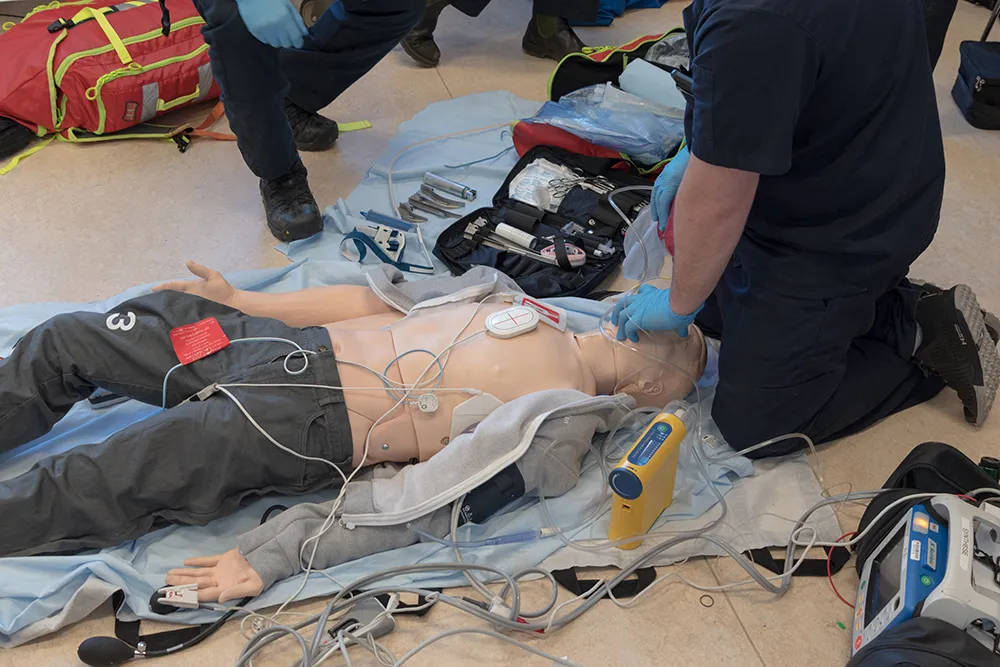Learning life-saving CPR (Cardiopulmonary Resuscitation) techniques is a crucial skill that can empower individuals to make a significant difference in emergency situations. CPR is a fundamental procedure used to revive someone whose heart has stopped beating or is experiencing severe breathing difficulties. When performed correctly and promptly, CPR can significantly increase the chances of survival, making it a vital skill for anyone to acquire. The core principle of CPR is to maintain blood circulation and oxygenation to vital organs when the heart stops beating. By providing chest compressions and rescue breaths, you can act as the bridge between a life-threatening situation and professional medical help. The steps to performing CPR are relatively simple, but they require proper training and practice to ensure effectiveness.
First and foremost, check the victim’s responsiveness by tapping their shoulder and asking loudly if they are okay. If there is no response, call 911 or ask someone nearby to call for immediate medical assistance. Time is of the essence in such situations. Begin CPR by placing the victim on their back on a firm surface. Kneel beside them and locate the center of their chest, just below the nipple line. Interlock your hands and position them on the chest, using your body weight to compress the chest at a rate of 100-120 compressions per minute. This action helps maintain blood flow to the brain and other vital organs. Alternating chest compressions with rescue breaths is crucial to providing comprehensive CPR. After every 30 compressions, open the victim’s airway by tilting their head back slightly and lifting their chin. Pinch their nose shut and provides two rescue breaths, ensuring the chest rises visibly with each breath. Continue this cycle until professional medical help arrives or the victim shows signs of life.
 It is important to remember that CPR may be physically demanding, especially when performed for an extended period. However, your efforts can make the difference between life and death. Even if you are untrained or have not practiced CPR in a while, it is better to try and provide assistance than to do nothing at all. Many organizations and institutions offer CPR training courses, ranging from basic to advanced levels. These courses typically include hands-on practice with mannequins, which help build confidence and competence in performing CPR. Aside from the technical skills, being prepared mentally and emotionally is also essential when performing CPR. Remaining calm, focused and confident in your abilities can be as crucial as the physical actions themselves buy here. Understanding that your intervention can save a life is a powerful motivator. In conclusion, learning life-saving CPR techniques is a valuable skill that everyone should consider acquiring. It is a simple yet effective method that can make a profound difference in emergency situations.
It is important to remember that CPR may be physically demanding, especially when performed for an extended period. However, your efforts can make the difference between life and death. Even if you are untrained or have not practiced CPR in a while, it is better to try and provide assistance than to do nothing at all. Many organizations and institutions offer CPR training courses, ranging from basic to advanced levels. These courses typically include hands-on practice with mannequins, which help build confidence and competence in performing CPR. Aside from the technical skills, being prepared mentally and emotionally is also essential when performing CPR. Remaining calm, focused and confident in your abilities can be as crucial as the physical actions themselves buy here. Understanding that your intervention can save a life is a powerful motivator. In conclusion, learning life-saving CPR techniques is a valuable skill that everyone should consider acquiring. It is a simple yet effective method that can make a profound difference in emergency situations.
